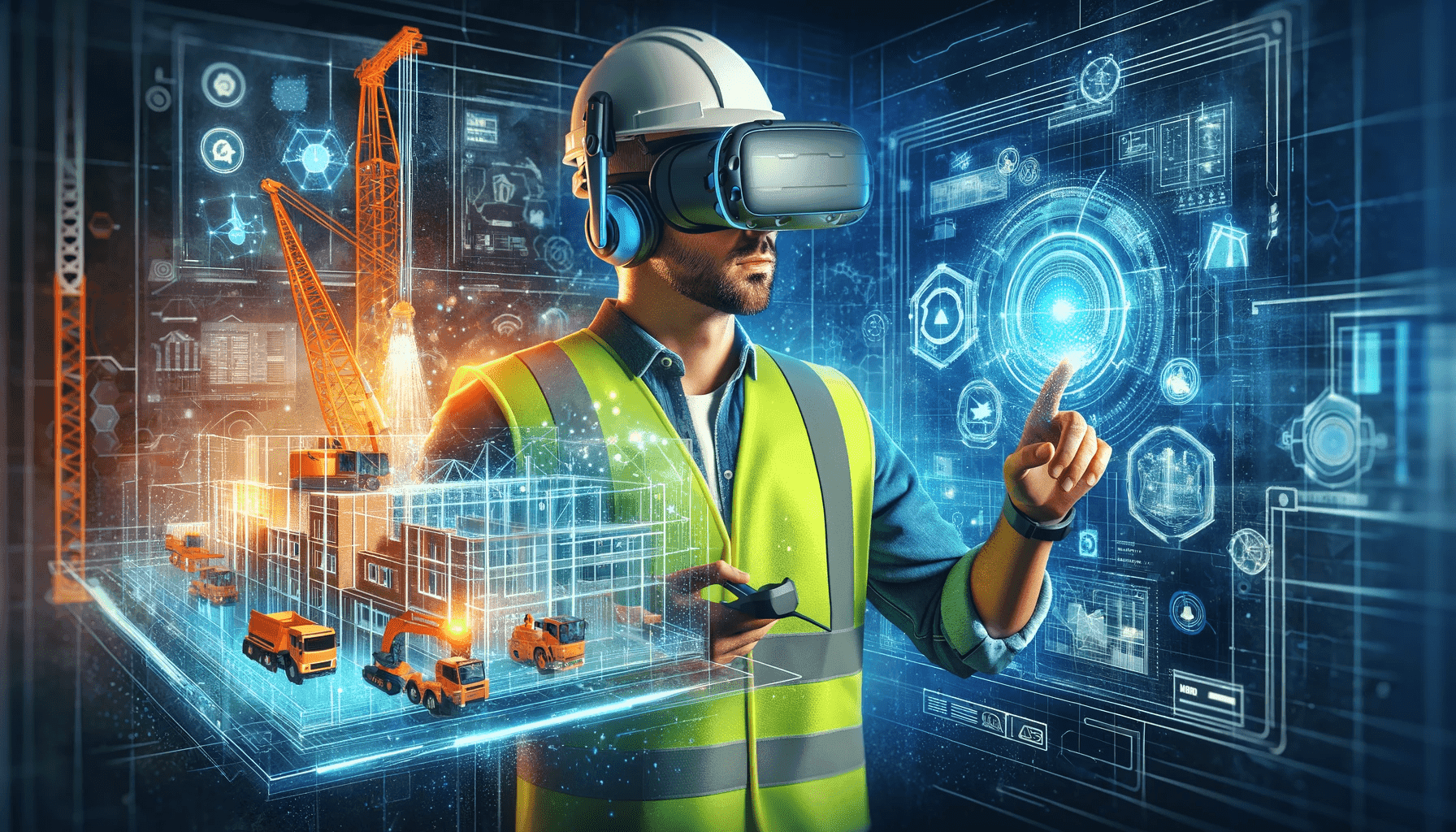Jan 18, 2024
Introduction
In the rapidly evolving landscape of business-to-business (B2B) interactions, staying ahead of the curve is essential for sustained success. Enter Augmented Reality (AR) and Virtual Reality (VR), transformative technologies with the power to reshape the B2B landscape. In this article, we explore seven compelling reasons why businesses should consider implementing AR/VR to elevate their B2B strategies and unlock new realms of innovation.
1. Enhanced Product Visualization:
One of the primary advantages of AR/VR in the B2B realm is the ability to provide immersive product experiences. Whether dealing with complex machinery, intricate components, or architectural designs, AR/VR enables clients to visualize products in three-dimensional space. This not only fosters a deeper understanding but also accelerates decision-making processes by allowing stakeholders to assess products in a virtual environment.
2. Interactive Training and Simulation:
In B2B sectors where training is intricate and hands-on experience is paramount, AR/VR offers a revolutionary solution. Virtual simulations allow employees to undergo realistic training scenarios, reducing the need for physical setups and minimizing associated costs. From industrial machinery operations to medical procedures, AR/VR-based training ensures a safer, more efficient learning experience.
3. Remote Collaboration and Conferencing:
The global nature of many B2B operations often involves teams scattered across different geographical locations. AR/VR bridges the physical divide by enabling immersive remote collaboration. Virtual meeting spaces, interactive 3D models, and shared virtual environments facilitate effective communication, fostering collaboration among teams regardless of their physical locations.
4. Streamlining the Sales Process:
AR/VR technologies provide B2B companies with powerful tools to streamline the sales process. By creating virtual showrooms or product demonstrations, sales teams can showcase offerings to potential clients without the need for physical samples. This not only reduces logistical challenges but also enhances the overall sales pitch by delivering an engaging and memorable experience.
5. Maintenance and Support Services:
In industries where equipment maintenance is critical, AR/VR proves invaluable. Technicians can access virtual manuals, overlaying real-time data onto physical equipment, and receive step-by-step guidance for troubleshooting or repairs. This not only accelerates problem resolution but also minimizes downtime, ensuring operational efficiency.
6. Data Visualization and Analytics:
AR/VR transforms raw data into visual insights, empowering B2B professionals to make informed decisions. Complex datasets can be represented in immersive 3D visualizations, facilitating a deeper understanding of trends, patterns, and performance metrics. This capability enhances data-driven decision-making across various industries, from manufacturing to logistics.
7. Brand Differentiation and Innovation:
Implementing AR/VR in B2B not only meets current technological trends but also positions a company as an innovator and industry leader. Embracing these technologies sends a powerful message to clients and partners, showcasing a commitment to cutting-edge solutions and a willingness to invest in futuristic, customer-centric experiences.
Conclusion

The integration of AR/VR in B2B environments is not merely a technological upgrade; it's a strategic move towards future-proofing businesses. By leveraging these immersive technologies, B2B companies can enhance visualization, streamline operations, and foster innovation. As the business landscape continues to evolve, those who embrace AR/VR will not only stay relevant but will lead the way in redefining the future of B2B interactions. The time to embrace the transformative power of AR/VR in B2B is now.





